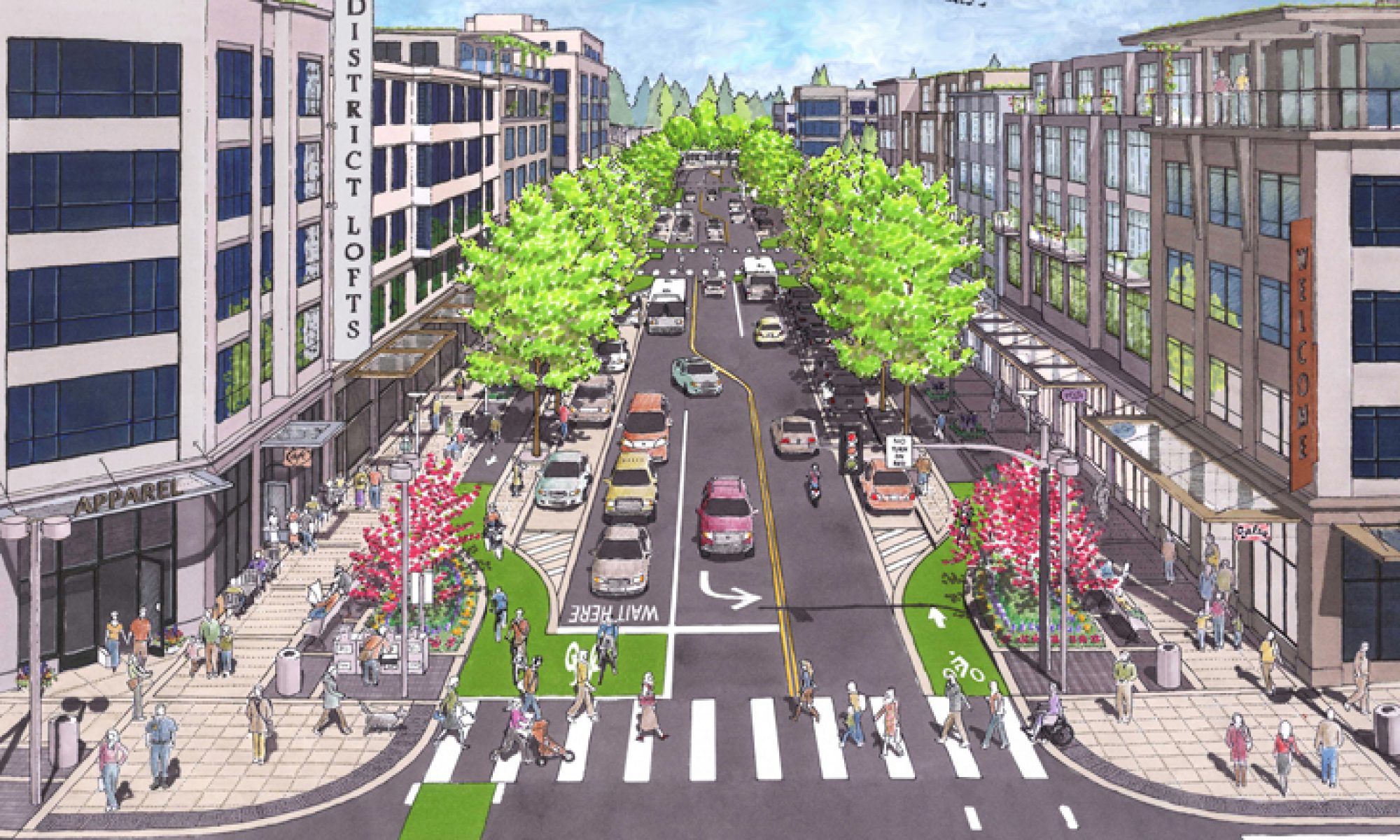City officials and law enforcement (and the rest of us) have been taken in by the auto industry for a long time…so long and so effectively that we are influenced that people on bikes (in this case kids on bikes) are so dangerous to elicit a statement like the one in this this blog post. Terms like “plan of attack”, eradicate”, and “crackdown” applied to kids on bikes should make us all afraid. There is a terrible problem with prioritizing cars over people in this country. This is where our focus should be: In 2017 there were 5,977 pedestrians and 783 bicyclists killed in crashes with motor vehicles in the United States.
FIT IS A FEMINIST ISSUE
Kids riding bikes aren’t renegades or miscreants– officials should watch their language!
“We are all people riding bikes, no matter what we are wearing, what bike we are riding, or how fast or slow or far we are going. I, for one, take on different cycling identities depending on which bike I’m on, what I’m wearing, and where I’m going. What’s important is that the community (especially those behind the wheel of a car) see my humanity regardless. We can start by calling me what I am– a person who rides a bike.”
Though we may tie our identity to our bike riding styles, in reality we’re just people who bike. We are people who bike fast, people who slow roll, people who bike in the woods, people who bike in spandex, people who bike in nothing (um, World Naked Bike Ride!), and people who ride in groups to blow off steam. This may be obvious but it must be stated: Even among all the tribalism in bicycling culture, we are all just people riding bikes.
Read about it.



















